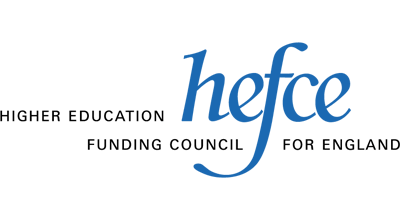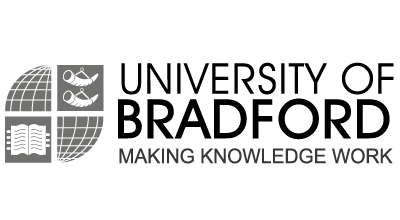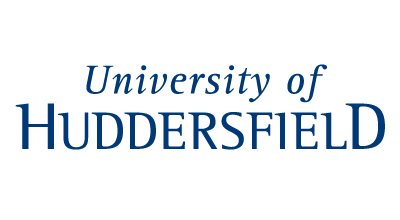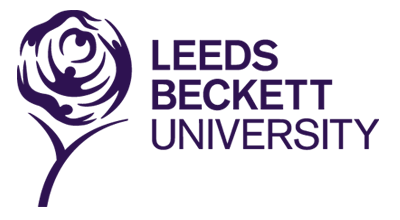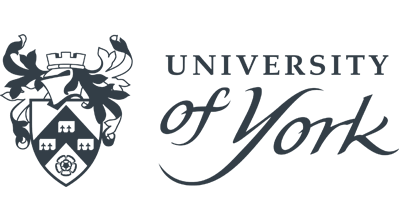Date published: 01/02/18

A new model for academic innovation
Research teams that collaborate early have the best chance of successfully getting innovative products into the market, says Dr Sean Clarkson, Technology Innovation Manager at Translate.
‘Building something nobody wants is the ultimate form of waste’, according to the entrepreneur Eric Ries. His book The Lean Start Up suggests a model in which ideas are validated in the market place at the earliest possible stage. It’s becoming something of a bible amongst the world’s entrepreneurs – but in academia Ries’s principles have a particular relevance and resonance.
Within universities there’s a tendency to take a ‘technology push’ approach to innovation. Sometimes, academics work on their ideas in isolation and develop products for a perceived market, and then several years later when trying to commercialise their ideas, they often find there is no need for their product and the market doesn’t exist – or, even worse, the market has moved on whilst they’ve been focused on their work in the lab.
Within Translate we’re developing a different model for innovation. We’re embedding lean start up methodologies within the academic environment, with the aim of avoiding these problems – something of a first. This involves working with academics to get their ideas in front of potential customers as early as possible. Within, the medical technologies sector this means talking to clinicians, patients, carers, and NHS leadership and it allows us to see from a very early stage if there is a need and potential market for a product, or if there is really no potential there. According to Reis, by eliminating as much uncertainty as possible at an early stage we can channel our efforts so we’re working smarter, not harder.
Test ideas in the market
By testing ideas with customers in the market place right at the start we can quickly abandon technology development that clearly won’t succeed: something often referred to as ‘fast to failure’. In practice however, lots of the projects we see – that might otherwise just be abandoned – go onto great success. Whilst the original application for an idea might be unsuitable, we’re able to match ideas to market needs that academics often haven’t even considered, and shape its progression and development according to that need.
In commercial terms, and according to Ries’ principles, we’re trying to arrive at a validated minimally viable product (MVP) as early as possible. Reaching this point early means we can work with the academic innovators and end customers through a continual and iterative development process, continually tweaking the product to ensure it meets the needs of the end users and the market.
Understand the innovation landscape
Understanding that market, particularly within the complex landscape of the medical technologies sector, is a significant challenge. At the heart of this landscape is the NHS. Crucially, by searching out trends and opportunities within the NHS – through sources such as Sustainability and Transformation Plans – we’re able to help academics demystify this labyrinthine organisation and identify the challenges and opportunities. It’s not just about focusing on patient outcomes, but also understanding linked factors, such as the economic impact of a new piece of technology for example.
Because we understand the sector, we can make sure we keep up to date with opportunities, unmet clinical needs and key areas of developing expertise. That means we’re much more likely to be able to help researchers avoid the devastating situation where they’ve developed a prototype the size of a kitchen table – and then find a similar device the size of a matchbox has already been on the market for two years.
Collaborate early
The issue of collaboration is also one to which we’re taking a different approach. Academics are traditionally encouraged to start collaborating with industry only in the later stages of product development, once they’ve built a prototype and explored the potential markets. But if you start talking to companies early on they can become co-developers, helping to shape the innovation process and can often accelerate it by providing commercial expertise and unlocking funding routes. The companies we work with most successfully tend to be smaller SMEs, which are more agile, more receptive to innovation, and can adapt to working with multi-disciplinary teams. We’ve found that following commercially relevant innovation methodologies, acting as the conduit between academia and industry, and ‘speaking the commercial language’, makes collaborations less risky for industry and leads to better longer term collaborations.
We don’t just sit and wait for academics to come to us, though. We scour our partner universities to find academics working on high potential projects and then support them along a commercial development route. Developing packages of support that we award via a competitive process has also really helped us extend our reach, enabling us to work on some truly exciting projects that we might not otherwise have heard about.
One further approach which has worked particularly well – and in many ways draws all these principles together has been Translate’s innovation workshops. We identify a particular area of unmet clinical need, and invite academics, SMEs and clinicians to get together and collaborate on ideas for products and projects to meet that need. This has led to a number of new multi-disciplinary collaborations, who have gone onto attract significant external funding.
Our novel approaches to academic innovation and collaboration mean project teams are addressing validated market needs from the outset, and have all the right expertise in place. This is resulting in projects progressing quicker and far more projects reaching the later stages of development and commercialisation. Whilst the medical technologies sector has many unique characteristics, this model is relevant to many other sectors, and one which I hope can be adopted by university research and innovation teams working across multiple disciplines.
Evaluative and Enabling TechnologiesICT and E-HealthImaging and DiagnosticsImplantable DevicesRehabilitation and Assistive TechnologySurgical and Medical EquipmentWound Care and Infection Control

